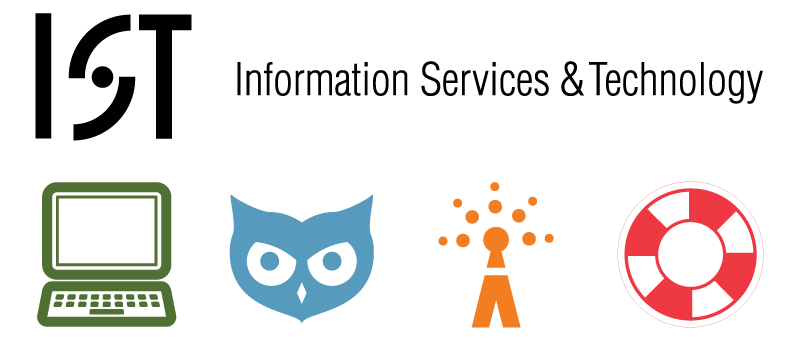
History
A student advisory board was formed in 2004 to provide a student voice in the then-new IS&T organization. The organization met sporadically through late 2008. A number of logistical and organization problems impeded the organization, not the least of which was multiple management changes during that time, and unclear leadership and direction.
ISTAB 2.0
Rationale
There is a need for an official communication path between the student body and IS&T. Several informal paths already exist: Student employees in Customer Support provide ad-hoc feedback to the Service Desk about how services are received in the community and provide methods by which we can informally survey the community and announce changes; SIPB has had a historically close working relationship with Operations & Infrastructure, in particular Network Ops and Server & System Administration. At a higher level, the UA and GSC have had involvement on Institute-level task forces and boards.
Membership
One of the primary concerns with the old ISTAB was that IS&T staff often outnumbered student attendees at many meetings. This was caused by a number of factors, including meeting time and location, meeting frequency, and failure to obtain a critical mass of attendees.
The new ISTAB must ensure a balance between student government (UA, GSC, DormCon, IFC, PanHel, LGC), SIPB, and the general student body. As such, there should be 4 "at-large" members (2 each of undergrad and grad), who don't represent any specific constituency, yet have an interest in the state of computing at the Institute.
Members should ideally commit for the entire academic year, or at a minimum, one semester.
Logistics
Meetings should be held at student-friendly times. At a minimum, this should be after 5:00, and may end up being 7:00 (5-7 is historically reserved for athletics, but a small number of evening classes begin at 7), or possibly a weekend time.
Meetings should occur on a monthly basis, Sept-May, keeping in mind that December and January are difficult months for scheduling due to finals and IAP. Monthly meetings would essentially mean 3-4 per semester, which doesn't really allow time for anything useful. A 3-week schedule would be ideal, keeping in mind the difficulty of scheduling meetings in December, January, and May.
Staff Roles
One IS&T staff member should act as a facilitator, ensuring the discussion stays on topic. Additional IS&T staff members can provide guidance on existing policies, identify appropriate channels for requests, etc. There should never be more than 2 regular staff attendees.
Timeline
- Oct 2010: Draw up Charter.
- Oct 2010: Receive approval from Head of IS&T.
- Oct-Nov 2010: Solicit feedback from associate directors as to what they perceive IS&T's role to be.
- Nov 2010: Come up with plan to recruit "at-large" members.
- IAP 2011: Develop meeting schedule and several potential topics as "activation energy"
- February 2011: First meeting